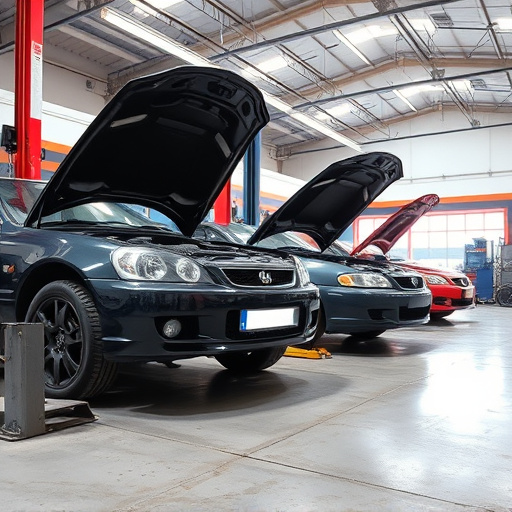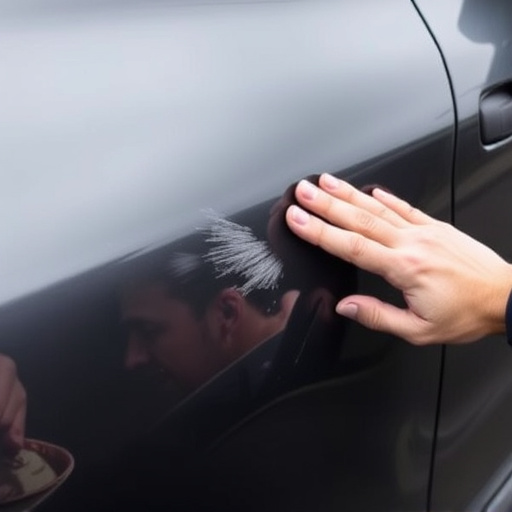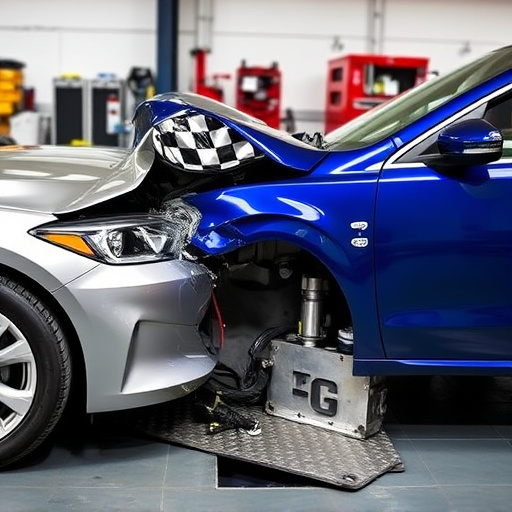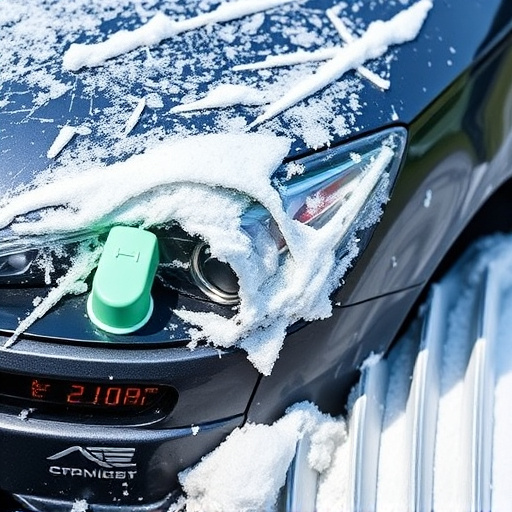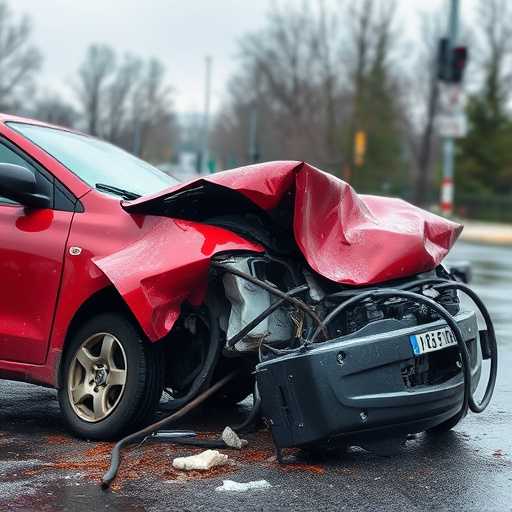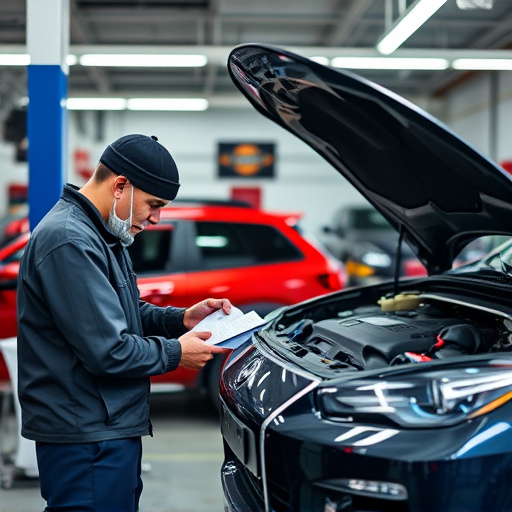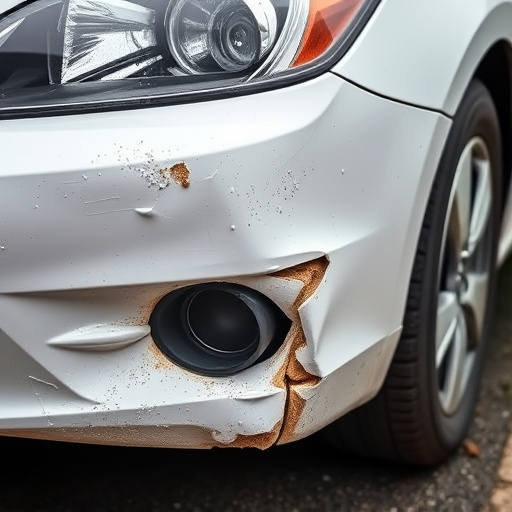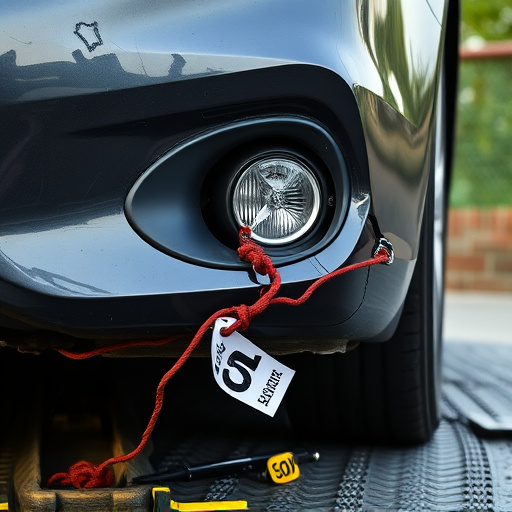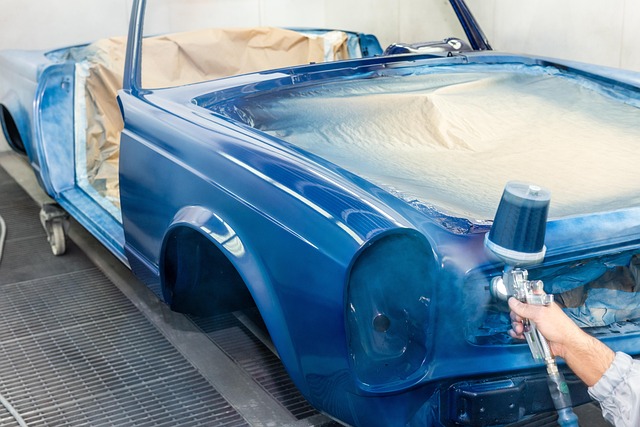Rigorous fuel system collision checks are vital for high-risk vehicles to prevent explosions and severe accidents. These inspections verify fuel tank, line, pump, and injector integrity through thorough testing and maintenance. Prompt repairs, including paintless dent repair, preserve structural integrity and road safety, avoiding costly accidents and damage. Regular pre-trip inspections, advanced diagnostics, and strategic maintenance minimize post-collision risks for complex fuel systems in emergency and construction vehicles.
In the realm of high-risk vehicle management, ensuring the integrity of the fuel system is paramount. This article delves into the critical aspect of fuel system collision checks, exploring why they’re essential for safety. We dissect the process, highlighting its role in identifying potential hazards within complex systems. By examining real-world scenarios, we offer effective strategies to implement robust safety measures, emphasizing the importance of regular fuel system collision check protocols.
- Understanding Fuel System Collision Checks
- High-Risk Vehicles: Identifying Potential Hazards
- Effective Strategies for Safety Implementation
Understanding Fuel System Collision Checks
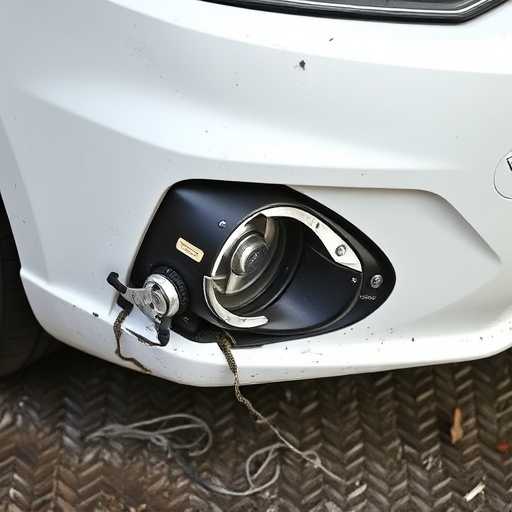
Understanding Fuel System Collision Checks is paramount for high-risk vehicles, such as those used in emergency services or construction. These checks are designed to ensure that the fuel system remains functional and safe even after a collision, preventing potential sparks from igniting fuels and minimizing the risk of explosions. The process involves meticulous inspection and testing of components like fuel tanks, lines, pumps, and injectors for any signs of damage or dysfunction.
Regular maintenance and timely repairs are crucial in this context, as they can prevent serious accidents and costly auto body repairs. Techniques like paintless dent repair can be employed to restore the vehicle’s structural integrity without extensive painting or car body restoration, further emphasizing the importance of proactive collision checks. By adhering to these safety measures, high-risk vehicles can maintain their operational readiness and keep everyone on the road safer.
High-Risk Vehicles: Identifying Potential Hazards
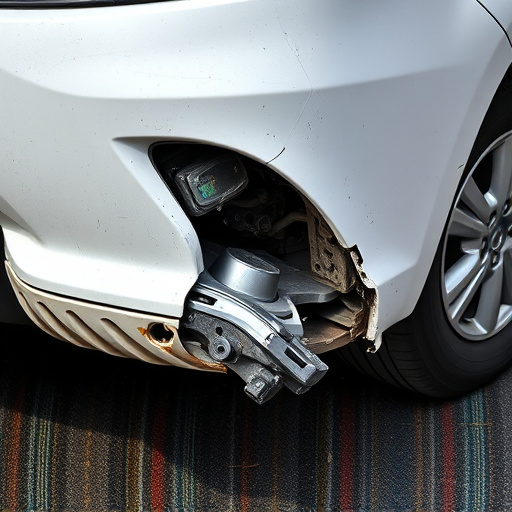
High-risk vehicles, such as heavy trucks, buses, and construction equipment, require meticulous attention to safety due to their size and potential for severe accidents. Identifying hazards specific to these vehicles is paramount in mitigating risks. One critical area of concern is the fuel system, which, if compromised, can lead to catastrophic consequences during a collision.
Regular fuel system collision checks are essential for ensuring these high-risk vehicles remain safe on the road. These checks involve meticulous inspections and tests designed to identify any vulnerabilities or potential failures in the fuel lines, tanks, pumps, and other components. Just as important as the check itself is the prompt repair of any issues found, whether it’s a simple leak in the line or a more complex problem with the fuel pump, ensuring that these vehicles return to service only after all safety measures have been implemented and verified. This proactive approach plays a vital role in preventing accidents and minimizing damage in the event of an collision, underscoring the significance of fuel system collision checks for high-risk vehicles.
Effective Strategies for Safety Implementation
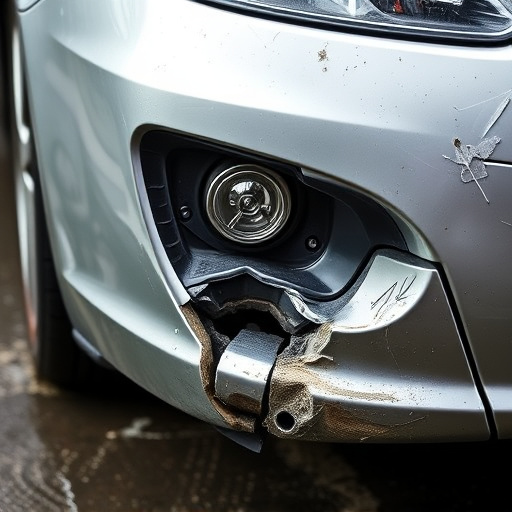
Implementing safety measures for high-risk vehicles, such as those with complex fuel systems, requires a strategic approach. One effective strategy is to employ comprehensive pre-trip inspections that include detailed fuel system collision checks. This proactive step involves meticulously examining every component of the fuel system—from lines and filters to sensors and pumps—to identify any potential vulnerabilities or damage. Regular maintenance and prompt replacement of worn-out parts are crucial in preventing catastrophic failures during a collision.
Moreover, integrating advanced diagnostic tools can significantly enhance safety. Collision repair shops equipped with modern technology can run intricate scans on the fuel system, pinpointing issues that might escape human detection. This data-driven approach ensures that even subtle problems are addressed, thereby reducing the risk of post-collision fires or leaks. By combining rigorous inspection protocols and cutting-edge diagnostics, fleet managers and vehicle owners can create a robust safety net for high-risk vehicles, effectively minimizing the devastating effects of fender benders and similar incidents.
Fuel system collision checks are paramount for high-risk vehicles, offering a proactive approach to mitigate potential hazards. By understanding these checks and implementing effective safety strategies, we can significantly enhance the overall security of our roads. Regular inspections and staying informed about high-risk vehicle identification are key steps towards ensuring a safer driving experience for all. This proactive stance, backed by proper knowledge, fosters a more secure transportation network.
